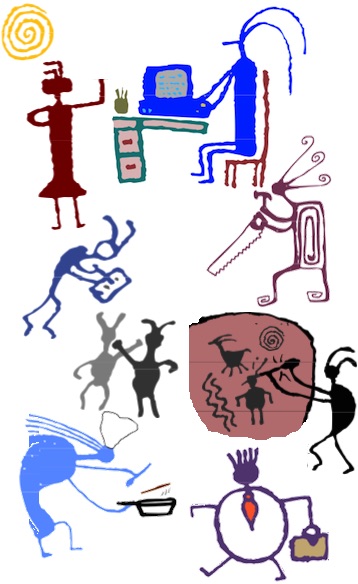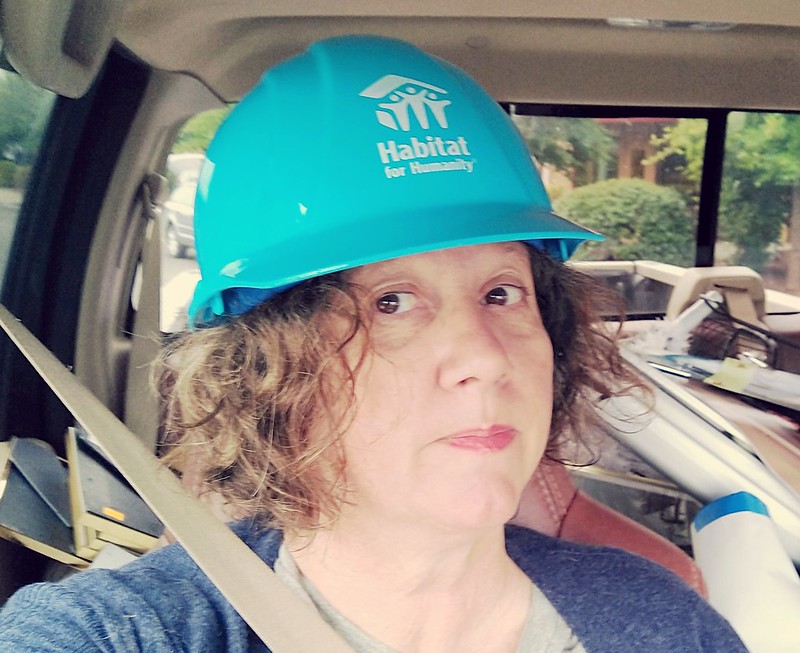I live in the Portland, Oregon area, and a few years ago, the area experienced record-setting heat. In response, various city and county governments set up cooling centers: spaces in libraries, churches and convention centers where people without air conditioning and people who are unsheltered could come, with their pets, to get relief from the dangerous heat. One county government tweeted out several requests for volunteers, including one that said volunteers were needed “desperately.” I decided to amplify the message by posting it to various online communities I’m a part of, including posting it on the subreddit for Portland, Oregon. I highlighted some points in particular from the web site where people were to express interest in volunteering:
Must be 18+, have compassion for all guests. Social service experience helpful.
Please keep in mind that emergency response operations may be very hectic keeping you quite busy for extended periods. You may also experience very slow uneventful periods of time. Such is the nature of emergency and disaster response. Please take time before your deployment to prepare for this working environment.
These are 9-hour shifts. These locations are open 24 HOURS.
I did alter the message to say cooling center volunteers were needed URGENTLY, rather than desperately, because I think desperation is never a good place to recruit volunteers from.
The message was upvoted more than any message I’ve ever posted to Reddit. But there was also significant backlash. The criticisms fell into three areas:
- Why aren’t these positions paid? Why are these volunteer roles instead?
- Why are the shifts 9 hours instead of 4?
- Why didn’t the city plan better & start recruiting sooner?
It’s a shame those first two questions in particular weren’t answered by the recruiting agency in their messaging. As regular readers of my blog know, to not say why positions are volunteer rather than paid is always a big no-no. And saying “we don’t have the money to pay, so these are volunteer!” would not be the answer I am looking for (and probably not most of potential volunteers either).
As for the third comment, I don’t know that the city didn’t start recruiting sooner; I didn’t look on HandsOn Portland, VolunteerMatch and AllforGood, for instance, to see if they had started recruiting there. I don’t know that they didn’t have notices on their own web site sooner than what I saw on social media. So I hesitate to criticize them for how they have recruited in terms of when and where.
I did take issue with one comment that was made, and pushed back at it:
Way too much money and benefits expenses being expended on volunteer “coordinators”
I noted in my response that managers or coordinators of volunteers are some of the lowest paid people at any nonprofit or other agency, and rarely is their only role managing volunteers. I also said:
Volunteers aren’t free: someone has to recruit them, read the applications, interview them, screen them (often, background checks, reference checks and extensive interviews are required), supervise them (both to ensure their safety and client safety, and to make sure they’re doing what they are supposed to), support them (train them, answer questions on demand, etc), record their hours and their accomplishments, address problems, and report regularly to senior staff about what the volunteers are doing. It’s a tough job, made harder by people who think volunteers are free, think volunteer management is “Hey, we need volunteers, come on down!” and the work all magically happens, and balk at coordinators who ask for better training for themselves, software to manage volunteers, etc.
Nonprofits have GOT to do a better job of addressing misconceptions about volunteers and volunteer engagement. This is just yet another example of why.
Also see:
- What funding volunteer engagement looks like.
- Make volunteering transformative, not about # of hours.
- Corporate employees are often not successful at virtual volunteering. Why?
- Hey, corporations: time to put your money where your mouth is re: nonprofits & innovation.

If you have benefited from any of my blogs or other parts of my web site and would like to support the time that went into researching information, developing material, preparing articles, updating pages, etc. (I receive no funding for this work), here is how you can help.









